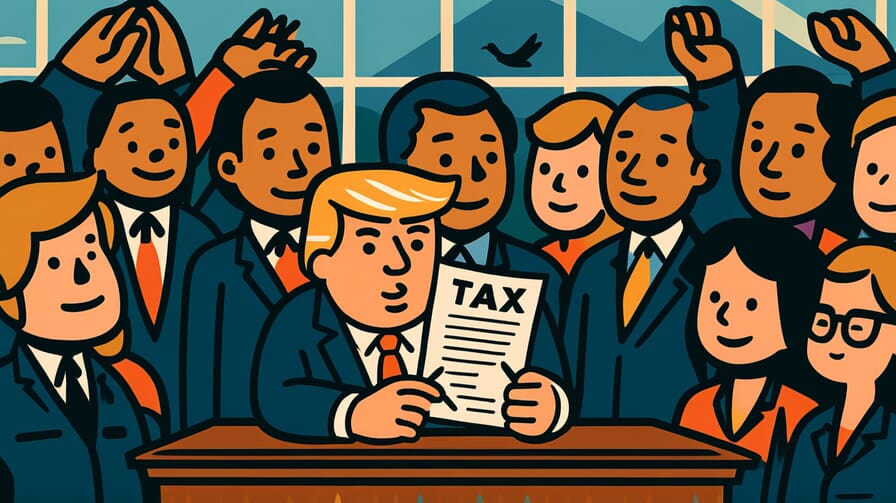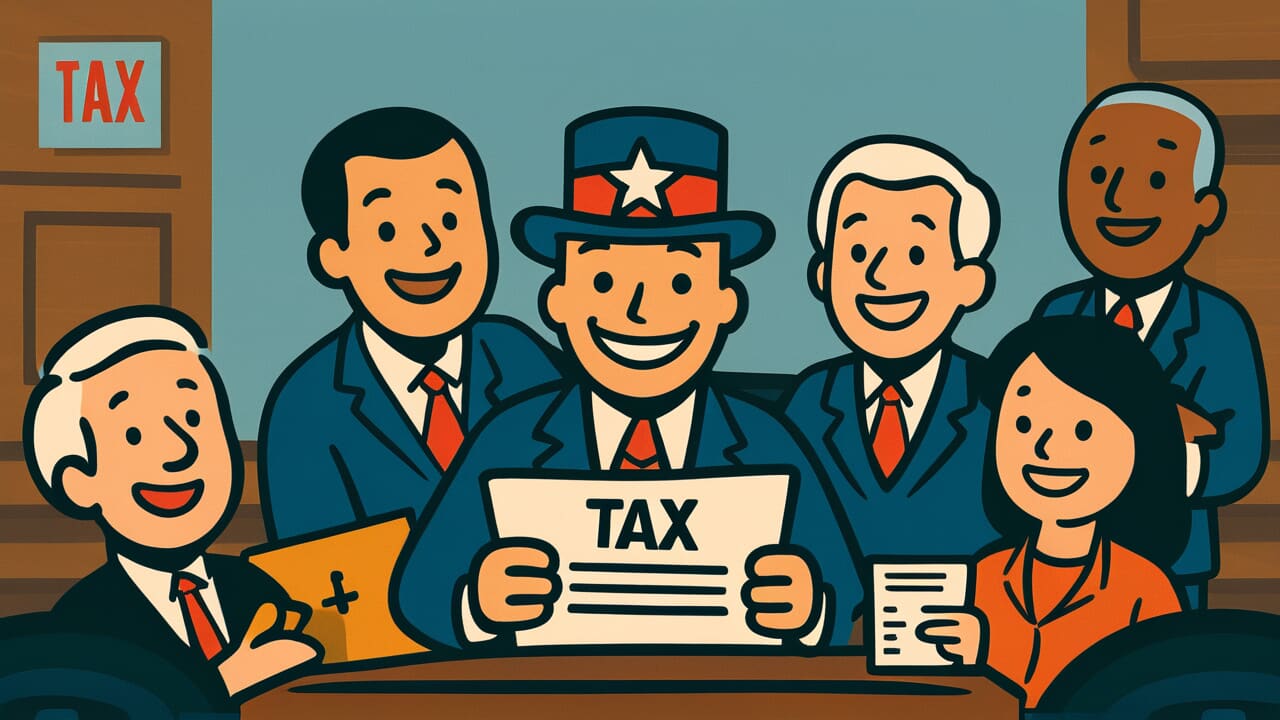[Disclaimer] This article is reconstructed based on information from external sources. Please verify the original source before referring to this content.
News Summary
The following content was published online. A translated summary is presented below. See the source for details.
President Trump signed a major tax reform bill into law today, fulfilling a key campaign promise. The legislation, which passed both houses of Congress along party lines, represents the most significant overhaul of the U.S. tax code in over 30 years. The White House claims the bill will provide tax cuts for middle-class families and simplify the tax filing process. Key provisions include lowering individual tax rates, nearly doubling the standard deduction, and reducing the corporate tax rate from 35% to 21%. Critics argue the bill disproportionately benefits corporations and wealthy individuals while potentially increasing the federal deficit. The new tax rules will go into effect for the 2018 tax year, with most changes set to expire after 2025 unless extended by future legislation.
Source: White House News
Our Commentary
Background and Context

The passage of this tax reform bill marks a significant shift in U.S. fiscal policy. The last major overhaul of the tax code occurred in 1986 under President Reagan. This new legislation aims to stimulate economic growth through tax cuts and simplification of the tax system. However, the long-term economic impacts and effects on the federal budget remain subjects of debate among economists and policymakers.
Expert Analysis
While supporters argue the bill will boost economic growth and job creation, critics warn of potential increases to the federal deficit and a skewed distribution of benefits. The reduction in corporate tax rates is expected to increase business investment, but the extent of its impact on wages and employment is uncertain. The individual tax cuts, while providing immediate relief for many taxpayers, are set to expire after 2025, which could lead to tax increases for some individuals in the future.
Key points:
- Corporate tax rate reduction is permanent, while individual cuts are temporary
- Standard deduction increase may simplify filing for many taxpayers
- Long-term economic effects and impact on federal deficit remain uncertain
Additional Data and Fact Reinforcement
The following data points provide context for the tax reform:
- The bill is projected to add approximately $1.5 trillion to the federal deficit over 10 years
- The standard deduction will nearly double to $12,000 for individuals and $24,000 for married couples
- The corporate tax rate reduction from 35% to 21% brings the U.S. closer to the OECD average
Related News
This tax reform comes amid ongoing debates about income inequality, federal spending, and economic policy. It may influence upcoming budget negotiations and discussions on entitlement reform. The bill’s passage could also impact international tax competition and corporate investment decisions.
Summary

The new tax legislation represents a major shift in U.S. tax policy with wide-ranging implications for individuals, businesses, and the overall economy. While its immediate effects include tax cuts for many Americans, the long-term economic and fiscal impacts remain to be seen. Ongoing analysis and future legislative actions will be crucial in determining the ultimate legacy of this tax reform.


